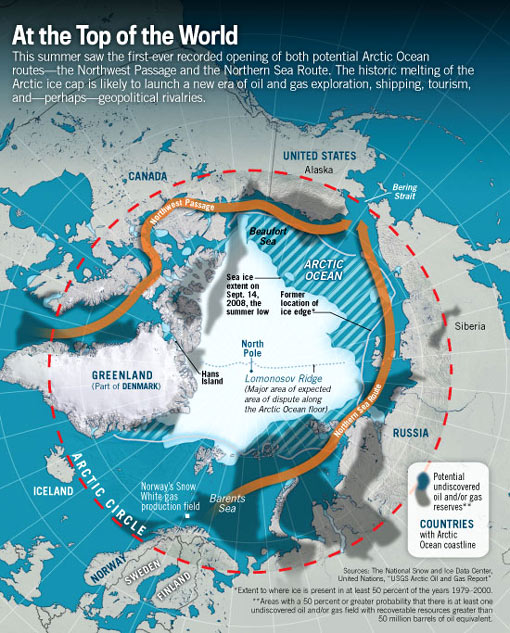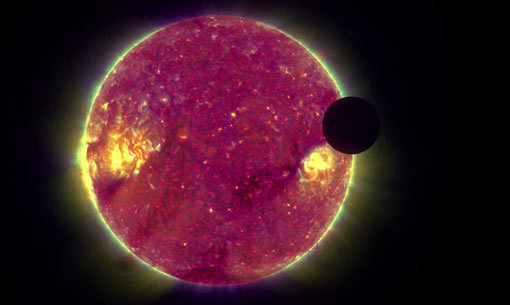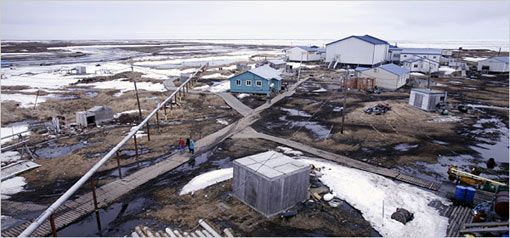You are hereArchive - Oct 2008
Archive - Oct 2008
Convenience at a cost. Bottled water no less polluted than kitchen tap, in addition to plastic pollution

(quote)
Bottled water sold in markets and convenience stores may be no more free of pollutants than the water that pours from the kitchen tap at a fraction of the cost, said an environmental group that tested samples. Ten top-selling brands of bottled water contained a total of 38 pollutants including fertilizer, industrial chemicals, bacteria and the residue of drugs such as Tylenol, according to a report by the Environmental Working Group based in Washington, D.C. The bottled water showed an average of eight pollutants in each sample.
Americans drank more than twice as much bottled water in 2007 as they did in 1997, guzzling 8.8 billion gallons at a cost of $10.3 billion in 2007, according to the Beverage Marketing Corp., a research and consulting firm based in New York. Although commercials often show pristine mountain springs, the reality is that bottled water often comes from city water supplies, said Renee Sharp, an Environmental Working Group senior scientist. "If you're going to pay 1,500 times more for bottled water than for tap you'd expect that you'd be getting a cleaner, better product," said Sharp. "And that's not necessarily true."
Jet plane to fly on algae-based fuel by 2010? Europe’s algae bloom aims for feasible alternative to fossil fuel

(quote)
"It's exciting because it's achievable," says Peter van den Dorpel, as he looks over the big plastic tubes full of various shades of green algae. His company has designed, produced and marketed the crop in its bid to be the first to provide the aviation industry with a feasible alternative to fossil fuel. In an enormous greenhouse near Roosendaal in the south of The Netherlands, most of the greenhouse is growing tomatoes with impressive efficiency, with one corner dedicated to the cultivation of algae - in a similarly efficient way, according to Mr van den Dorpel. "It's actually like growing tomatoes; the algae need similar things," he says.

This crop uses the warmth, light and a steady feed of carbon dioxide and nutrients to reproduce faster than any other plant on earth. The amount of algae in these tubes can double daily. And that is both the attraction and the problem with algae as a commercial crop. What Algae-Link's system claims to crack, possibly for the first time, is the problem of clogging. A patented internal cleaning system keeps the set-up harvesting twenty-four hours a day.
Royal giggles and Google Doodle - Queen Elizabeth II visits Google's UK headquarters, view laughing baby video

(quote)
LONDON (AP) - She sent her first e-mail in 1976. She has her own Web site. And on Thursday, Queen Elizabeth II uploaded video to YouTube during a visit to Google's British headquarters. The company celebrated the queen's visit by creating a special version of its google.co.uk home page, which featured a silhouette of her head as the second "G" and a regal crown atop the "E" in their logo.
The queen, 82, herself has a presence on YouTube - she launched the Royal Channel in December. There are 54 videos on the channel, which range from the Queen's 1957 Christmas message to a day in the life of Prince Charles. On Thursday, she uploaded archive footage to the channel of a 1969 reception at Buckingham Palace for British Olympians. The monarch has reigned since 1952. According to the Buckingham Palace Web site, the queen sent her first e-mail from a computer on an army base, well before the widespread use of the Internet.
At top of Earth, Arctic ice shrunk by 25%, left islandlike ice cap surrounded by open water, 181 Alaskan villages face erosion

(quote)
This summer, for the first time, both the fabled Northwest Passage through the upper reaches of North America and the Northern Sea Route above Russia opened up, apart from drifting ice. Overall, the expanse of Arctic sea ice was the second smallest in the 30 years of monitoring (summer 2007 was the smallest), and that left an islandlike polar ice cap surrounded by open water. In just the past five years, summer ice has shrunk by more than 25 percent, and so has its average thickness. One consequence of this change is that much of the sun's heat formerly reflected back out to space by the ice sheets is now being absorbed, entrenching the warming process. The acceleration of the ice melt is outstripping earlier predictions of a basically ice-free Arctic summer by mid- or late century. NASA climate scientist H. Jay Zwally now anticipates that most of the Arctic will lose summer ice in only five to 10 years. "We appear to be going through a tipping point," he says.
A sweeping prominence, a huge cloud of relatively cool dense plasma is seen suspended in the Sun's hot, thin corona

(quote)
A sweeping prominence, a huge cloud of relatively cool dense plasma is seen suspended in the Sun's hot, thin corona. At times, prominences can erupt, escaping the Sun's atmosphere. Emission in this spectral line shows the upper chromosphere at a temperature of about 60,000 degrees K (over 100,000 degrees F). Every feature in the image traces magnetic field structure. The hottest areas appear almost white, while the darker red areas indicate cooler temperatures.
The Sun is now in the quietest phase of its 11-year activity cycle, the solar minimum - in fact, it has been unusually quiet this year - with over 200 days so far with no observed sunspots. The solar wind has also dropped to its lowest levels in 50 years. Scientists are unsure of the significance of this unusual calm, but are continually monitoring our closest star with an array of telescopes and satellites. Seen here are some recent images of the Sun in more active times.

A transit of the Moon across the face of the Sun on February 25, 2007 - but not seen from Earth. This sight was visible only from the STEREO-B spacecraft in its orbit about the sun, trailing behind the Earth. NASA's STEREO mission consists of two spacecraft launched in October, 2006 to study solar storms. STEREO-B is currently about 1 million miles from the Earth, 4.4 times farther away from the Moon than we are on Earth. As the result, the Moon appears 4.4 times smaller than what we are used to. (NASA/STEREO) read more »
Senseless overfishing - world's marine fisheries losing $50 billion each year

(quote)
The world's fishing fleets are losing billions of dollars each year through depleted stocks and poor management, according to a UN report. The World Bank and the UN Food and Agriculture Organization (FAO) calculate the losses at $50bn per year. Half the world's fishing fleet could be scrapped with no change in catch.

The report was launched at World Bank headquarters in New York and has been debated here at the World Conservation Congress in Barcelona, Spain. Entitled The Sunken Billions: Economic Justification for Fisheries Reform, it argues that reforming the way fisheries are managed could restore stocks and build profits. "There are two reasons why we are experiencing the huge loss," said Rolf Willman, a senior fisheries planning officer at FAO and one of the report's authors. "One is that global fish stocks are much lower than they could be, so it is harder to catch the amount of fish that we could. "If stocks were higher we could catch the same amount at lower cost. The second reason is that where fishing is poorly regulated, we have much greater harvesting capacity than we need," he told BBC News. read more »






















